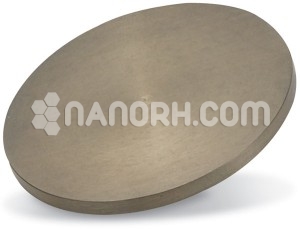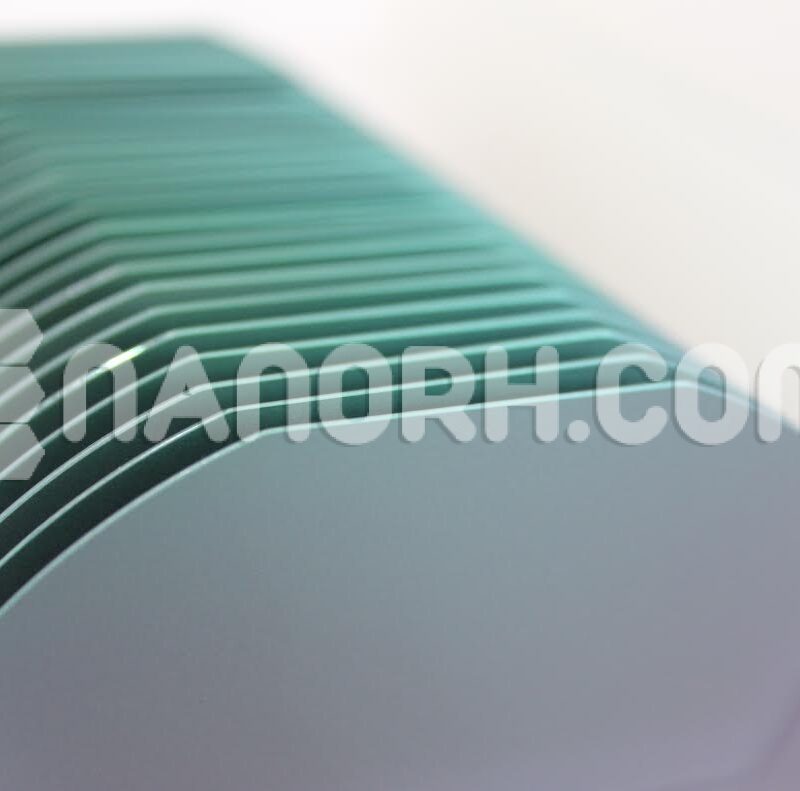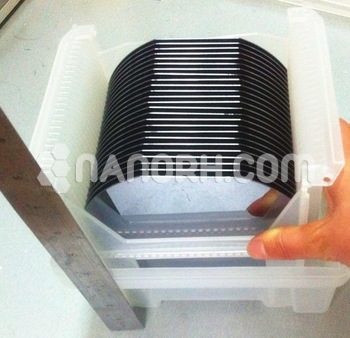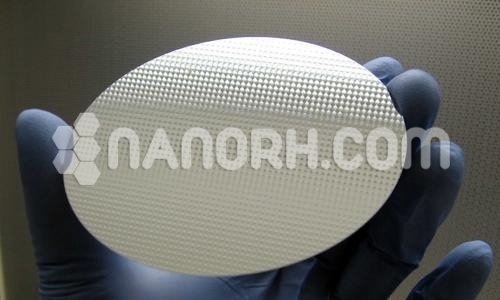| Gadolinium Sputtering Target | |
| Product No | NRE-43054 |
| CAS No. | 7440-54-2 |
| Formula | Gd |
| Molecular Weight | 157.25 g/mol |
| Purity | 99.99% |
| Density | 7.90 g/cm³ |
| Thickness | 3 mm ± 0.5mm (can be customized) |
| Diameter | 50 mm ± 1mm (can be customized) |
| Shape | Round |
| Resistivity | NA |
| Thermal Expansion | NA |
Gadolinium Sputtering Target
Gadolinium sputtering targets are used across a range of applications due to the unique properties of gadolinium. Here’s an in-depth look at different applications, highlighting how gadolinium’s characteristics are utilized.
Magnetic Thin Films
Application: Gadolinium is used to create thin films with strong magnetic properties, particularly at low temperatures.
Usage: These films are used in magnetic sensors, hard disk drives, and magnetic random-access memory (MRAM). Gadolinium’s high magnetic permeability makes it valuable for devices requiring precise magnetic control.
Example: Thin films in magnetic sensors that detect changes in magnetic fields or data storage devices where gadolinium enhances data retrieval efficiency.
Semiconductor Devices
Application: Gadolinium is used in the fabrication of various semiconductor materials and devices.
Usage: It is employed in the production of gadolinium-based semiconductors or as a dopant in semiconductor materials to modify electronic properties.
Example: Gadolinium-doped semiconductors that are part of experimental electronic devices or research projects focusing on advanced semiconductor technology.
Optoelectronics
Application: Gadolinium thin films are used in optical coatings and devices.
Usage: These films are applied to lenses, mirrors, and filters to achieve specific optical properties, such as high refractive indices or particular wavelength transmittance.
Example: Optical coatings on laser systems or high-precision optical components that require tailored optical performance.
Phosphors and Luminescent Materials
Application: Gadolinium is used in phosphor materials for lighting and display technologies.
Usage: Gadolinium compounds are used to produce phosphors that emit light when excited by electron beams or other energy sources.
Example: Phosphor coatings in cathode ray tubes (CRTs) or light-emitting diodes (LEDs) where gadolinium enhances brightness and color accuracy.
High-Temperature Superconductors
Application: Gadolinium is used in research and development of high-temperature superconductors.
Usage: While gadolinium itself is not a superconductor, it is used in combination with other materials to create experimental superconducting materials or to enhance the properties of superconducting compounds.
Example: Research into gadolinium-based materials that could be part of high-temperature superconducting systems or devices.
Medical Imaging
Application: Although not directly related to sputtering targets, gadolinium’s role in medical imaging is significant.
Usage: Gadolinium-based contrast agents are used in magnetic resonance imaging (MRI) to enhance image quality.
Example: Gadolinium chelates used in MRI scans to improve contrast and diagnostic accuracy.
Catalysis
Application: Gadolinium compounds can be used in catalytic processes, though this is less common compared to other applications.
Usage: Gadolinium can act as a catalyst or a support material in catalytic reactions, enhancing the efficiency of chemical processes.
Example: Research into gadolinium-based catalysts for industrial chemical reactions or environmental applications.
Dielectric Materials
Application: Gadolinium oxide (Gd₂O₃) is used as a high-k dielectric material in electronics.
Usage: It is employed in capacitors and other electronic devices where a high dielectric constant is needed to improve performance.
Example: High-k dielectric layers in advanced semiconductor devices or integrated circuits to enhance electrical performance.




